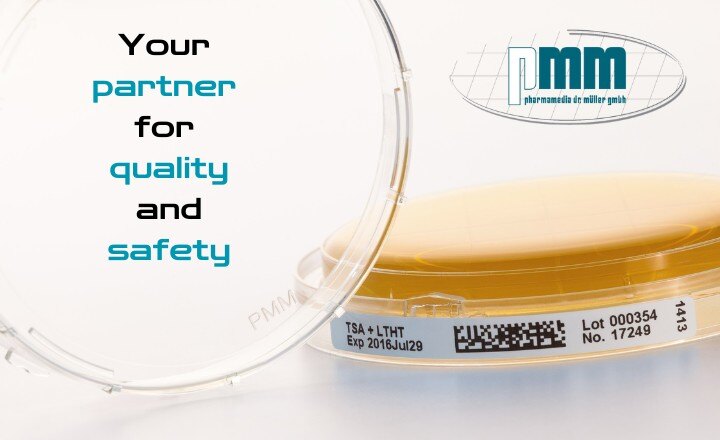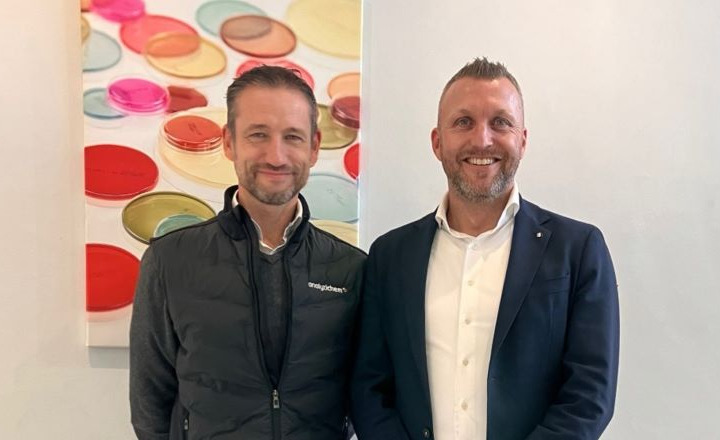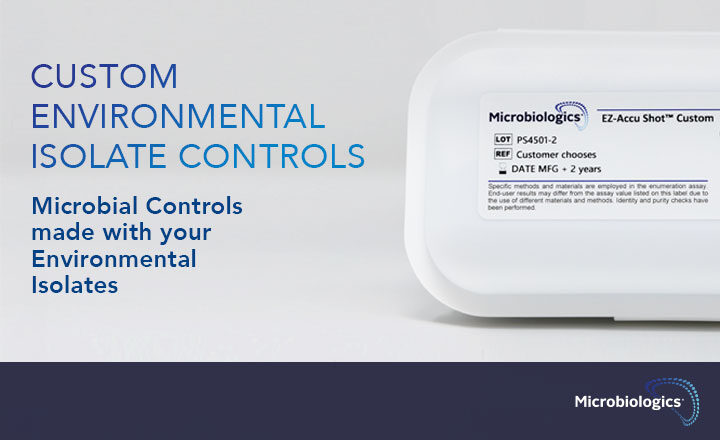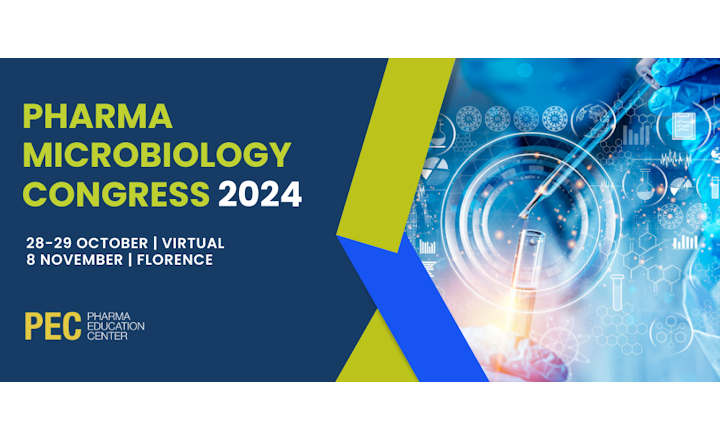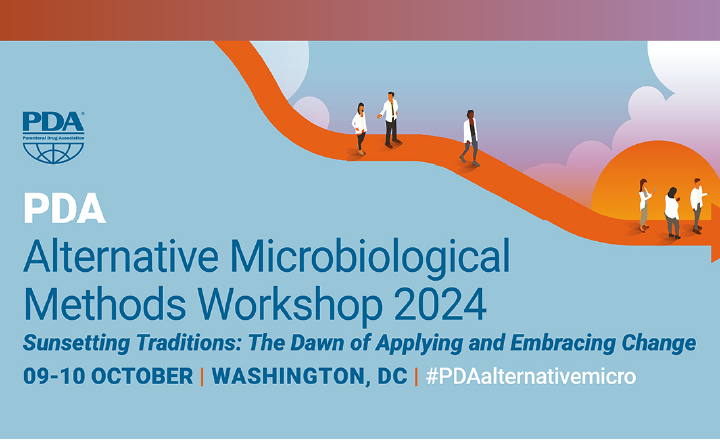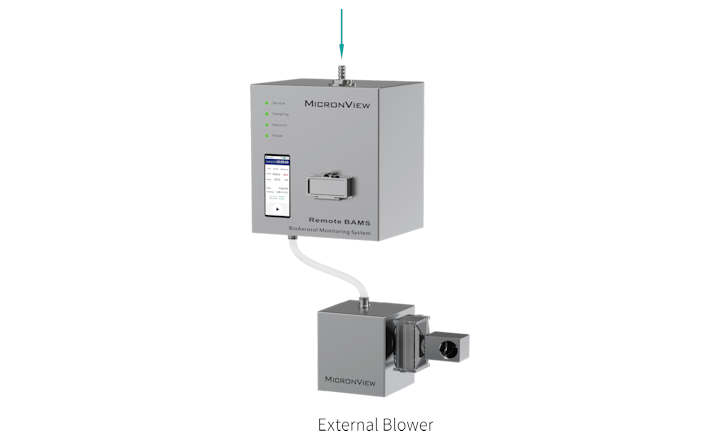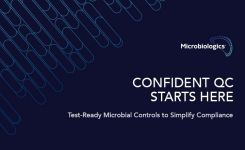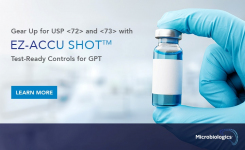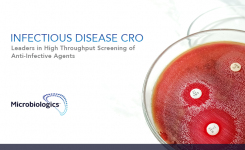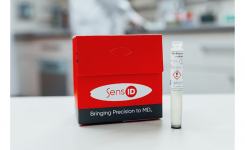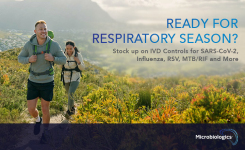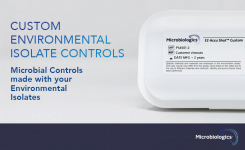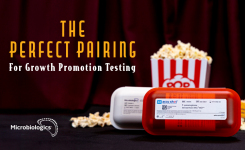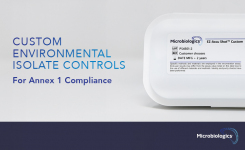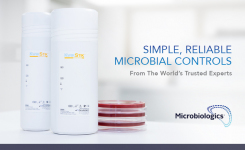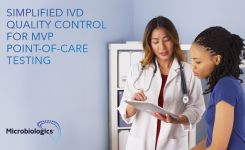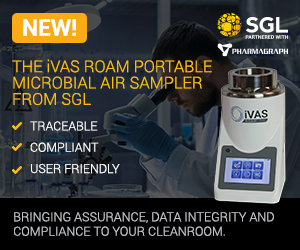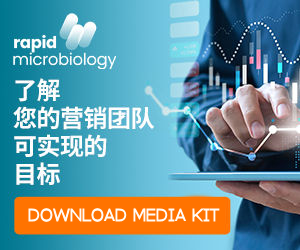It’s the laboratory event no one looks forward to: an audit. Undergoing an audit doesn’t have to be scary, however. After all, you’ve got the basics down, like media storage and proper documentation for your samples. You also know what organisms you are going to recover from your facility. But have you considered your environmental monitoring program, from an auditor’s point of view?
An auditor will review your environmental monitoring program to ensure that your processes reliably identify objectionable isolates, allowing appropriate measurement of their risks. Growth Promotion and Sterility Tests “need to demonstrate that media used in the microbiological environmental monitoring program or in media-fill runs are capable of supporting growth of indicator microorganisms and of environmental isolates from samples obtained through the monitoring program or their corresponding ATCC strains.”1
The European Commission released a revision to the EU GMP Annex 1 “Manufacture of Sterile Medicinal Products”, which will be enforced beginning 25 August 2023, exactly one year after its publication. The revisions focus on minimizing risk with added Contamination Controls Strategy (CCS) measures which outline how Quality Risk Management (QRM) will be applied. Continuous environmental monitoring is highly emphasized in this revision as a means for identifying and controlling microbial risk. A common practice for minimizing contamination risk is to evaluate sampling methods intended to recover environmental isolates.
Some of the most common environmental isolates include Micrococcus luteus, Staphylococcus epidermidis, and Bacillus cereus. Isolates like these are commonly brought in unknowingly by lab personnel through improper gowning practices, like allowing clothing to touch the floor. Basic techniques like proper gowning will help keep these organisms out of your critical areas. Seasonal changes in objectionable organisms may indicate problems with your air filtration system, allowing influxes of airborne microbes that increase during wetter times of year. Catching isolates before they contaminate your product protects not only the consumers but also your brand image.
In addition to these preventive measures, a robust environmental monitoring program will demonstrate your laboratory’s ability to detect problems that occur despite your safety protocols. The auditor will want to know you are testing for specific organisms with histories of appearing in your laboratory. Make sure you a prepared for questions on your environmental monitoring process by following these simple steps:
Calibrate Your Environmental Monitoring Instruments
Make sure you are accurately monitoring your surroundings by maintaining proper equipment condition. Equipment calibration ensures that your data is accurate, leaving no room for misinterpretation for an auditor.
Log and Trend the Data
Document review of finished recording logs. Auditors will look for management review to see if data is properly analyzed. This review process will also provide insights into trends, like organisms that appear more frequently during specific seasons, for example. You will have a clearer representation if anything is out of normal and may be classified as an objectionable organism. Important information to log includes: frequency of appearance and the CFUs with each occurrence.
Document and Investigate Out-of-Specification Findings
Higher CFU count than normal? Be sure to increase routine cleaning and identify any organisms that are not normally recovered. Document these corrective measurements, and continually test for the organism if it is deemed objectionable. QC your media to confirm you can actively recover the organism in question. Confirmation through diligent QC is key for an auditor inspecting your environmental monitoring process.
Test-Ready Controls Made with Your Environmental Isolates
Maintaining environmental isolates and objectionable organisms in-house can consume significant laboratory time and resources. In addition, strains may be difficult to grow, preserve and enumerate for specific applications. Microbiologics offers end-to-end services that simplify microbiological QC. With a highly skilled team of experts, Microbiologics will identify, preserve, and manufacture your environmental isolates or target objectionable organisms into a test-ready control format designed for your methods. Microbiologics custom controls will help your laboratory reduce cost, minimize risk, and increase confidence in your QC program.
Visit Microbiologics to learn more, or click on the Request Information button to send an email.
The auditor is there to make sure your laboratory is following processes and adhering to regulations. Overlooking proper environmental monitoring can add unnecessary stress to an audit. By following the tips in this article, you don’t have to fear the upcoming audit.
Reference:
1. USP 42 Chapter <1116> Microbiological control and monitoring of aseptic processing environments.



